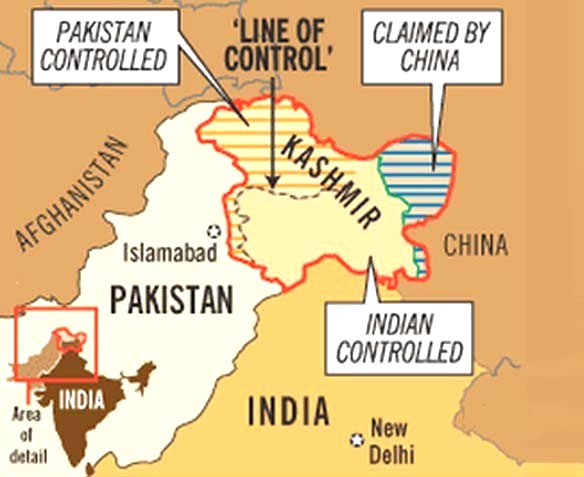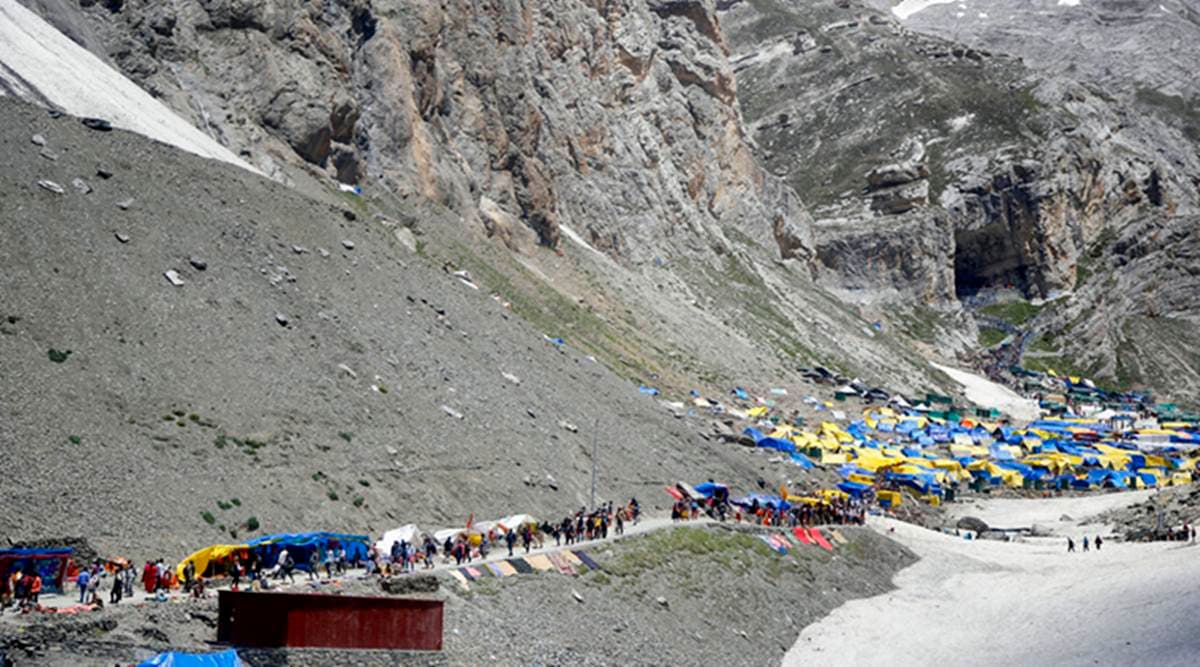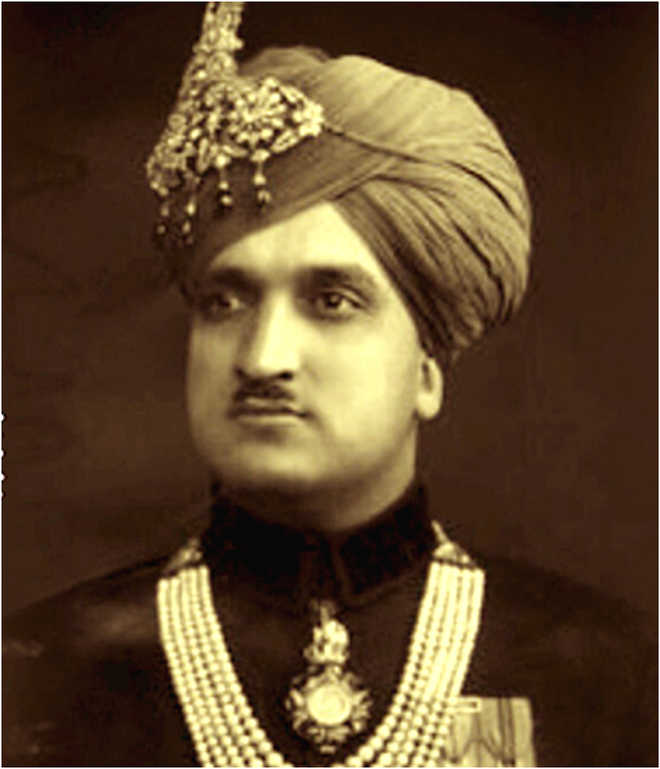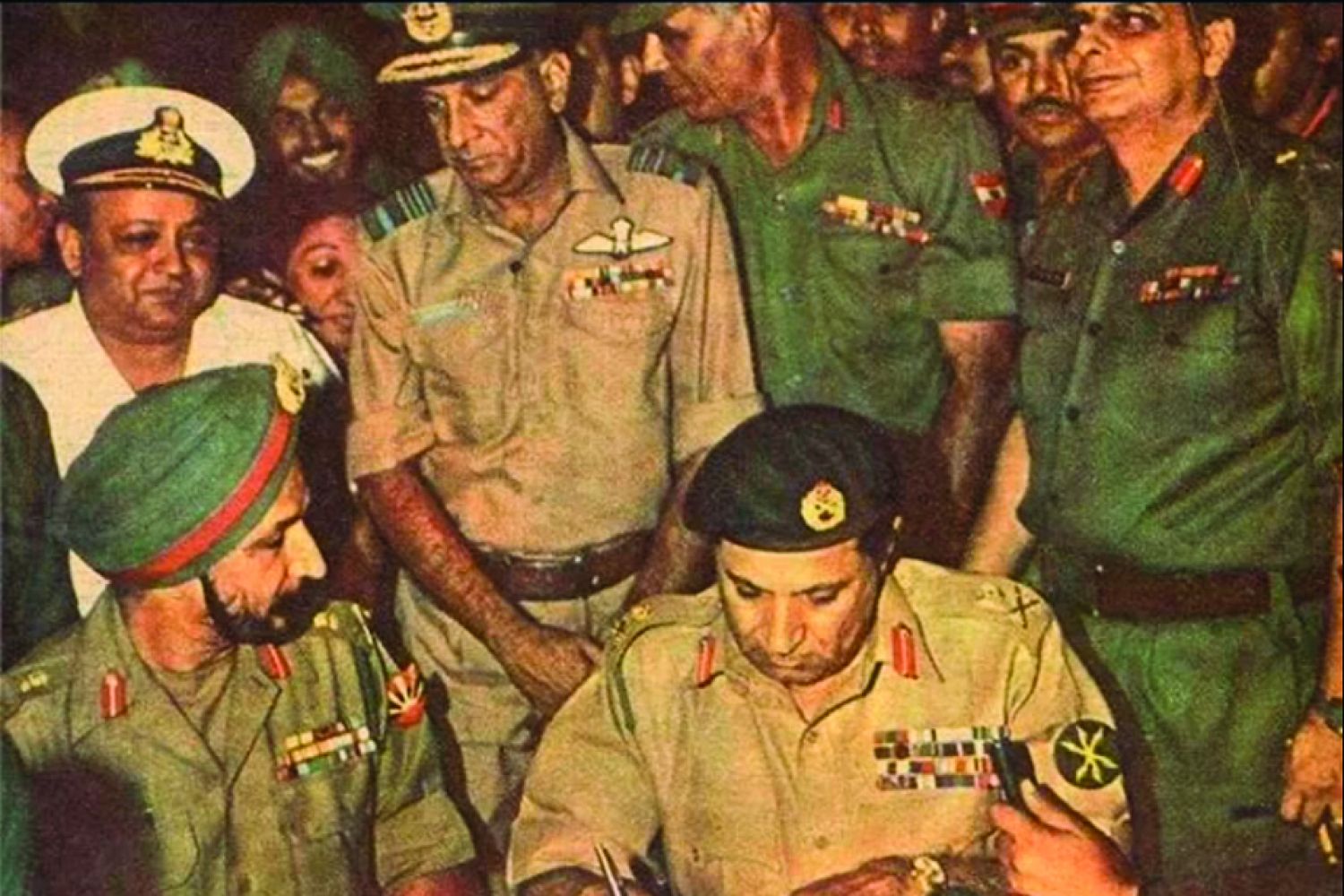Understanding #Kashmir



Article 370 : Part XXI of Indian constitution has Article 370. It starts with saying that it is a temporary provision with respect to the state of Jammu and Kashmir. This was approved by the whole constitutional assembly. At that time it consisted of 220 provinces and 72 Princely states. J&K had 4 representative (out of the 72 princely states) and one of them was Sheikh Abdulla. Under the article a constitution was to be prepared for J&K and the constitutional assembly was give power to dissolve this article.
But as the new constitution was adopted,the constitutional assembly was dissolved, without taking any decision on this temporary provision, thereby creating a constitutional deadlock. Most people argue that in such cases of constitutional deadlock the president / Parliament of the country can take a decision. Under this article Kashmir could be autonomous in its governance. Only four things will be under Indian government control. They are 1, Defense,2 Internal security 3, Finance and 4,Foreign policy.
Article 35A : was introduced in 1954 by special presidential order. Unlike the rest of the constitution, this article was not voted by the parliament. Under this article J&K government was give power to give Permanent Resident Citizen (PRC) status to the people of J&K. Those with this PRC status had permission to the all basic six rights in Kashmir and the rest of the India but the rest of the countrymen did not have these rights in J&K. These six rights were 1,Freedom to travel anywhere 2, Freedom to settle anywhere 3, Freedom to seek job anywhere4, Freedom to organize rally 5, Freedom to follow and propagate a religion 6, Freedom to vote.
Since PRC was a state matter, Kashmiri women marrying elsewhere in India could lose their property rights there and a Pakistani boy coming to kashmir and marrying there could get property rights there.
Maharaj Hari Singh-How he became Kashmir ruler? : In the early 1800, Maharaja Ranjit Singh was a very powerful leader. He has spread the Sikh empire from Punjab to whole Kahmir, including Laddakh. East India company did not want to fight with him, so it signed a treaty, called ‘Treaty of Satlaj”. This assured them that Rajit Singh will not come below this river and Britishers will not go to his side. Britishers were buying time till Rajit singh died. Soon after his death they attacked , in 1947-48 and defeated them. Ranjit singhs lieutenant with the name Gulab Singh Dogra, actully sided with the Britishers. He was from mountain area, and was rewarded by making him the Prince of Kashmir. Hari Singh was his decedent.

Independance of India : As the Britishers were leaving, they decided to leave India as they got it. So all the princely states were made independent. These states has three choices 1, to Join India, 2, To Join Pakistan 3, To remain independent . Sardar Patel immediately came in action and prepared a ‘Document of accession”. Most states signed it to join India, because of strong national movement. Some were not ready to sign, like Hyderabad and Junagarh, but were forced. Hari Singh also did not sigh to either side. Jinnah first promised him autonomy, but then sent the Pakistani army in plain clothes to attack him. They captured the Kashmir radio station. This is when Hari Singh Signed the treaty of accession. Once this treaty was signed, J&K became part of India, like any other princely state..
UNO Resolutions : Although in 1947 there were no roads to Kashmir from India, and the only road was in Pakistani control, Indian forces under the command of Field Marshal Kariappa, defeated the Pakistani army. General kariappa requested only 48 hours more from Nehru to get the whole territory back from Pakistani occupation, but Nehru over ruled him and went to UNO. A cease fire was declared As per UNO Resolution no. 91 which came in 1951 March, two things were required of each side. Return to the position before the partition and conduct a plebiscite. Since Pakistan refused to return back, no plebiscite could be conducted. In another resolution No. 122 in 1957, UNO agreed that the resolution no 91 was not working.
Simla agreement: After Pakistani general Niazi signed surrender document in December 1971, a Simla summit took place. Here it was agreed that
1, Kashmir is a disputed territory
2, Line of control was to stay as it is
3, It is a bilateral issue and no third party will be involved it its resolution.

Later Atal Bihari Vajpayee tool Maitri bus to Lahore. The Lahore pact confirmed that Kahmir was a bilateral issue and third party must not be involved.
Published by Voice of India commitee
Picture Credit : Google
DISCLAIMER: The author is solely responsible for the views expressed in this article. The author carries the responsibility for citing and/or licensing of images utilized within the text.
